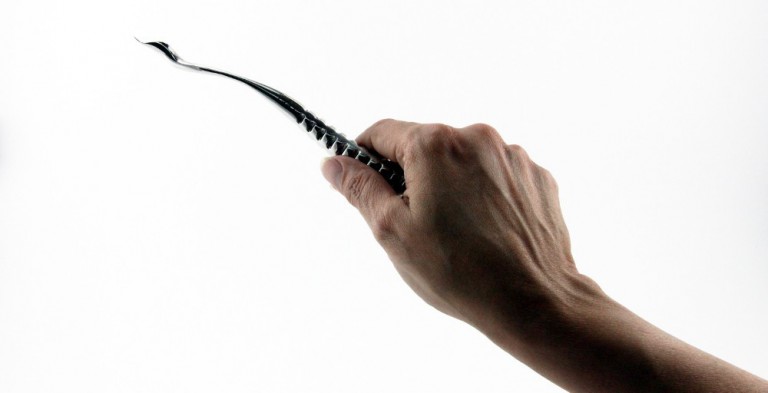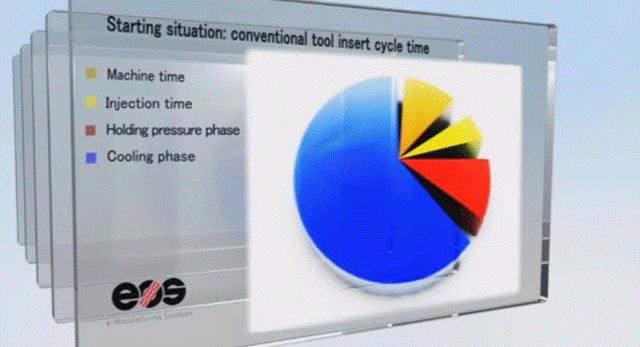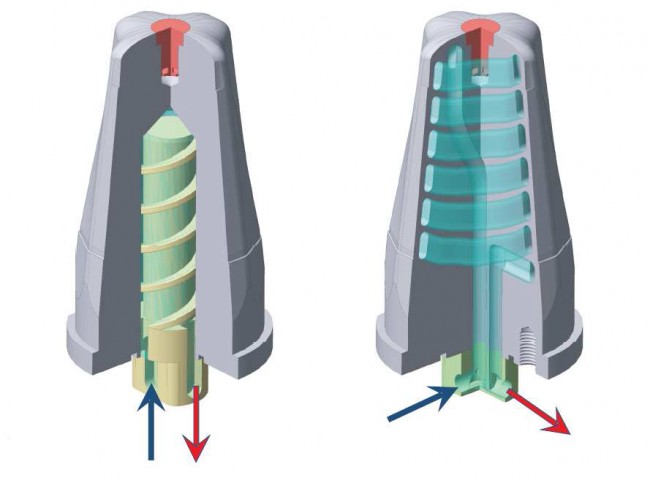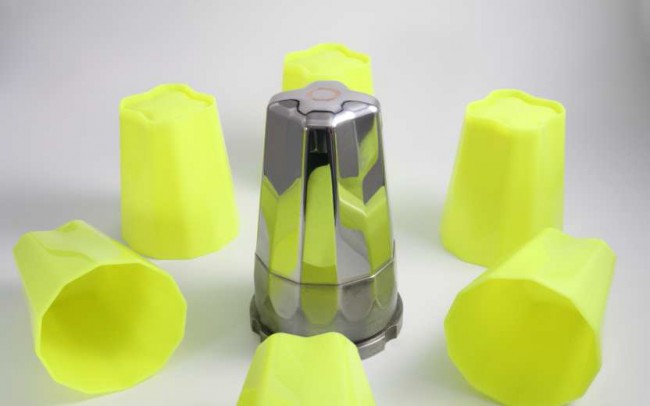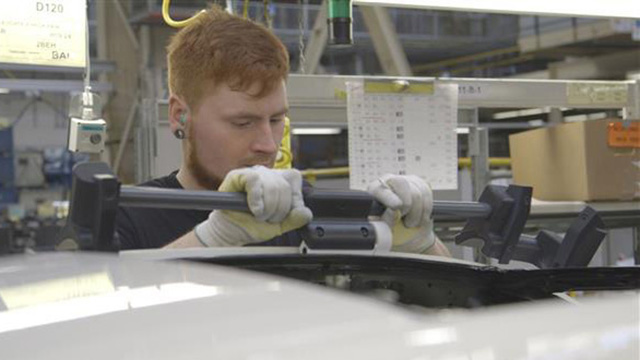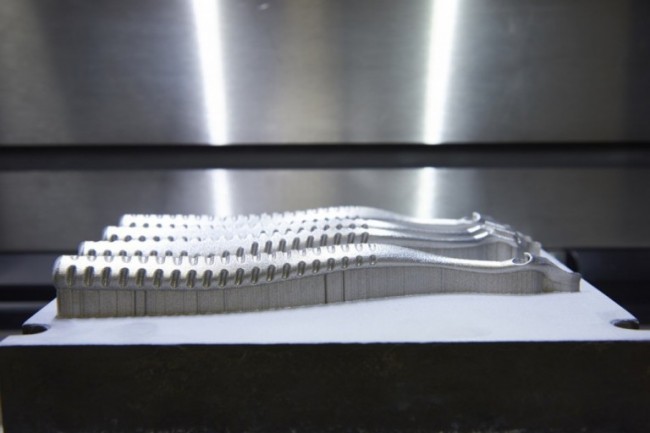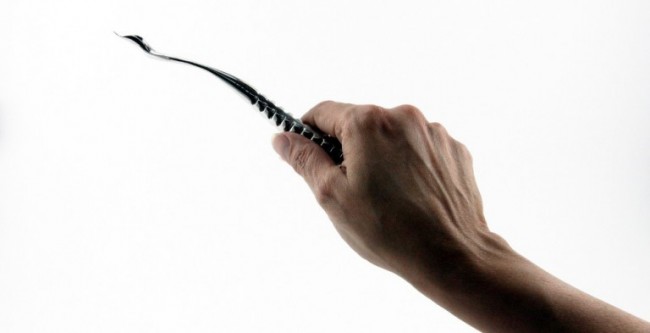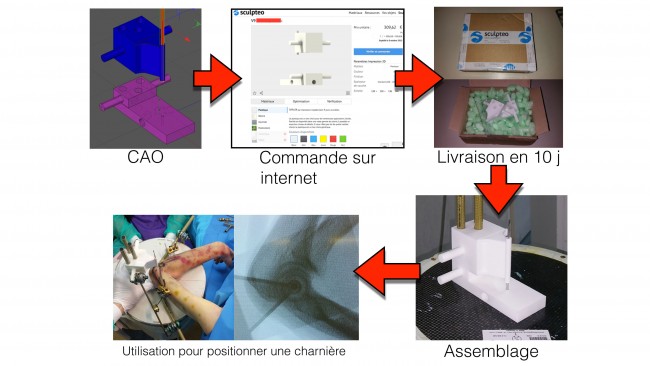3D Printing is Revolutionizing the Industrial Goods Industry
Posted By Antu Nehuen on Feb 17, 2016 | 0 comments
Unless you are currently working on the manufacturing sector, it may not come as your first thought the fact that 3D printing technologies are not only changing the rules for direct production i.e. 3D print your final object; but also as a complementary technology to make more traditional manufacturing methods better than ever. However, 3D printing advanced tools and parts is already increasing production rates, improving efficacy and driving efficiency up on manufacturing lines and other productive processes without requiring costly major modifications on the existing systems. The relatively short period of time in which all these changes took place accounts for what some people describe as the latest revolution in the industrial goods industries.
What exactly are we talking about?
Industrial goods are the products that are used for the production of other goods or services by an industry or firm. It can encompass a wide range of products from raw material to equipment or machinery as well as any other component required by such industry. Despite including items like raw material, here we are mostly focusing on tools and machines that help in the manufacturing of other goods, typically consumer goods and services.
Since we are not specifically talking about a single industry, it’s hard to group together or classify all the different task tackled with 3D printing and then, as a simple approach, we are going to go through a few interesting cases that showcase what can be accomplished in several completely different fields.
Conformal cooling molds for injection molding
One of the most commonly seen examples of 3D printing empowering older manufacturing techniques is conformal cooling on an injection molding process. Being the most used method for mass production of plastic products, it’s not hard to see how even the slightest improvement can offer huge benefits at the end of the day and that’s precisely what happened here, which can be easily understood by quickly reviewing how injection molding (IM) works. Generally speaking a IM machine has 3 main components:
- Injection unit: responsible for melting the plastic pellets and injecting the molten plastic when there is enough of it to fill the cavity image of the mold.
- Mold: responsible for shaping the molten plastic, that will sit there until it cools down enough to be safely ejected from the mold by the clamps. In order to speed up the cooling phase, usually coolant lines are included in the mold.
- Clamps: Once the plastic cools down and solidifies, the clamps will push out the newly formed object from the mold before starting the production cycle again.
Since the cooling phase on a typical injection cycle can take between 30% and 70% of the total cycle time, optimizing the cooling mechanism can significantly improve production times. Unfortunately, while speeding up the injection or ejection phase can be relatively easy to do by using faster mechanisms or more powerful heaters, designing and manufacturing a mold with an efficient but intricate coolant circuit used to be a serious challenge as well as expensive, almost impossible to machine in many cases.
Regular cooling lines on the left versus a conformal cooling design on the right
Additive manufacturing radically changed this, bringing conformal cooling within reach -the idea of adapting the design of the coolant circuit to the shape of the object being injected- . Maximizing heat transfer in an injection process not only can almost double its productivity but also allows for better overall quality by reducing the unwanted effects of uneven temperatures on the parts, like warping or flexing.
Line production assembly tools
If you are ever lucky enough to visit an automotive factory you will be most definitely amazed by how much technology is poured in there. With the rise of electronics and robotics in the last 20 years, car factories have turned into mazes of wires, computers and robotics arms. Even then, you will also be amazed how much is still done by hand by small armies of highly skilled workers. The only way they can hope to keep up with their robotic counterparts is to work as comfortably and efficiently as possibly, and that’s why custom assembly tools have been invented, designed to facilitate the installation of specific parts of the product being assembled.
In the case of cars but also in many other industries, there are hundreds of component parts for each car model, which are also in constant evolution. On top of that, factories typically require relatively small quantities of each specific tool, making them particularly expensive to produce by traditional methods. In contrast, 3D printing is amazingly well suited for this kind of scenario, allowing for the production of short runs whenever is necessary, fast, on-site and with unmatched design flexibility.
Personalized medical tools
The medical industry is one of those fields where customization is not just cool, it’s simply necessary, as a matter of fact we are all different people. At the same time, customization is the Achilles heel of the mass production methods commonly used to manufacture the tools used by most health professionals. Thankfully for us and specially for the youngest people in this world, that’s slowly starting to change with 3D printing technologies offering increasingly affordable personalized solutions to allow health workers to do their best for each individual patient.
In the case of companies like DanaMed, who worked with Stratasys Direct Manufacturing, this kind of advanced tools gave them the opportunity to leave behind error-prone knee reconstruction surgery methods in favor of an improved method using their sophisticated 3D printed tool, specifically designed for ACL (Anterior Cruciate Ligament) repairs.
Photo credit: Stratasys Direct Manufacturing
Photo credit: Stratasys Direct Manufacturing
Pathfinder 3D printed tool developed by DanaMed to significantly improve ACL reconstruction surgery.
Similar cases can also be found inside Dr Marc Soubeyrand’s operating room, where he and his team use custom made 3D printed support structures to precisely position prosthesis and implants for his patients. These ancillary tools are individually designed based on the the patient’s own medical images to be later 3D printed in Nylon, a strong and biocompatible plastic (You can read more about this here).
But.. what if I don’t work in an industrial environment ¡?
At first sight, the 3 examples above may give the impression that 3D printing for industrial goods is only being beneficial for the people already working on the places where these technologies are being applied, a car factory, a plastic injection plant, an operating room, etc. In reality, the demand for industrial goods is mostly driven by the demand for consumer goods, and the 3 cases presented above are no exception. This close relationship between the products the consumers are buying and the technology employed to manufacture them means that in fact, we are indirectly taking advantage of most of the improvements gained back where the production or service took place. This can be pretty obvious when a surgeon uses medical images to manufacture the best possible tool for a unique patient and not so much when manufacturing plastic cups, but even then, we are getting better quality for less money all thanks to the power of 3D printing technologies.
If you would like to learn more on how Sculpteo is helping entrepreneurs to change the manufacturing of industrial goods, check out our dedicated page.


 Connect with Google
Connect with Google Connect with Facebook
Connect with Facebook